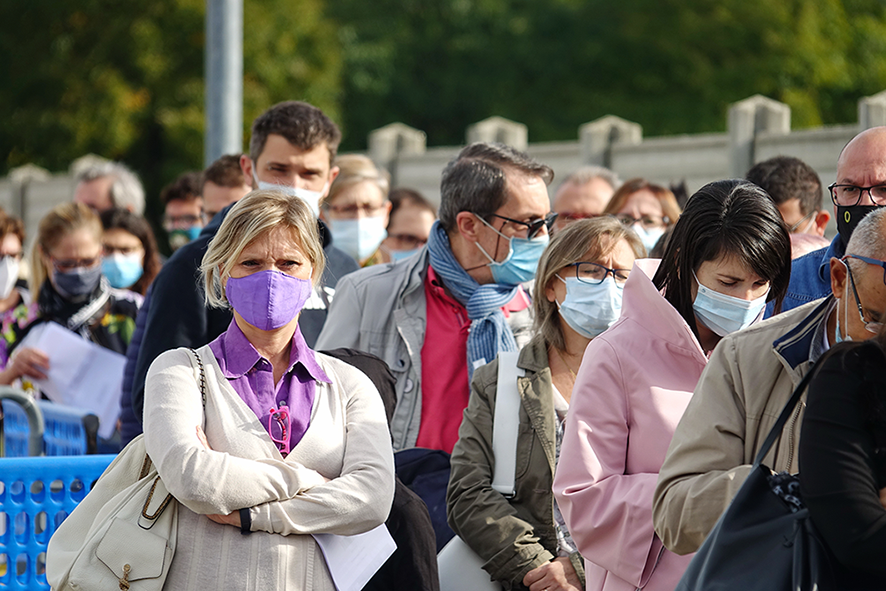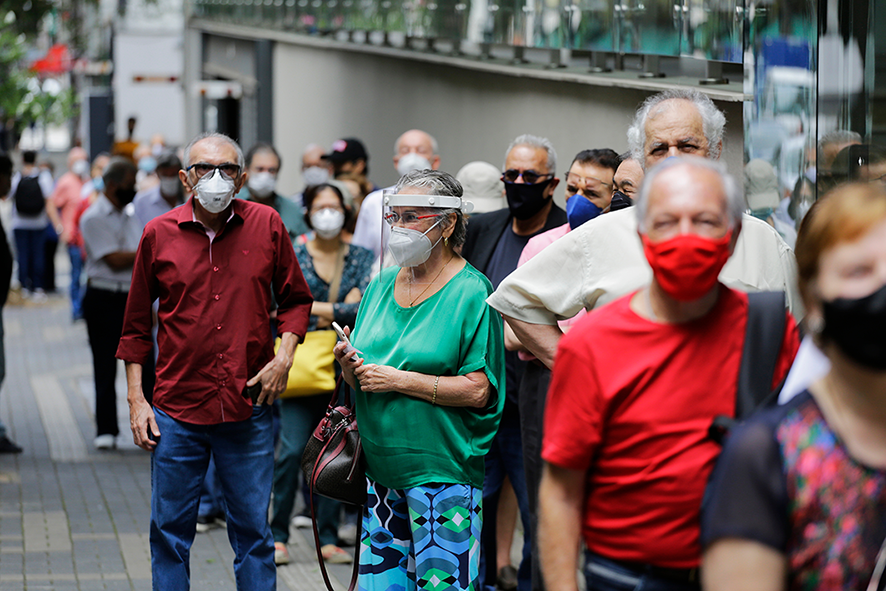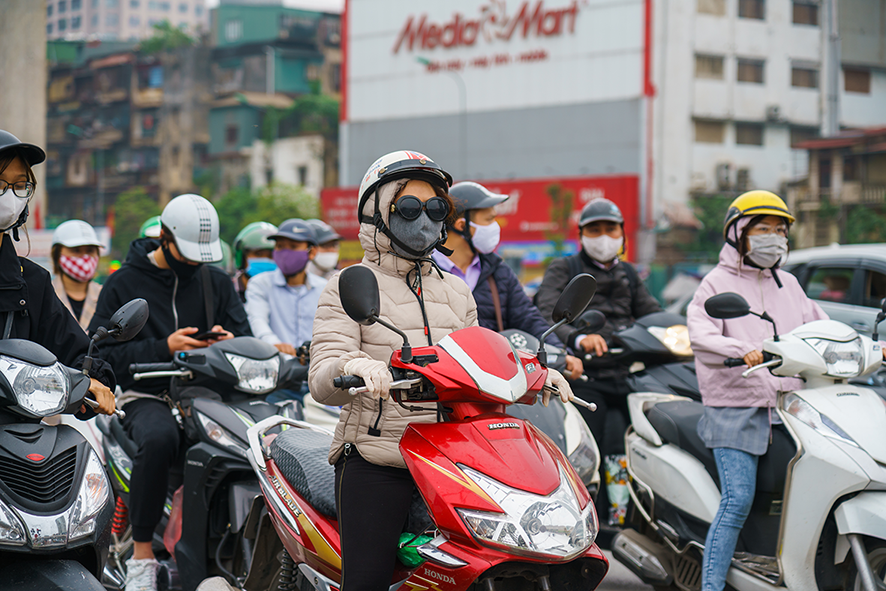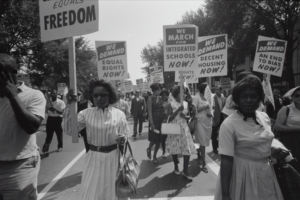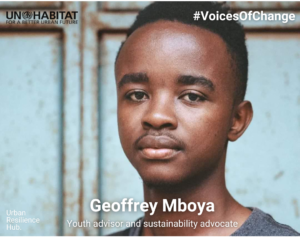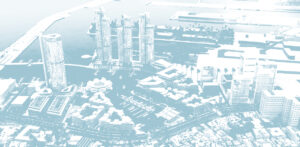It’s not easy
Globally, humanity is enduring one of the most difficult moments in decades. The experience is particularly bewildering for younger generations, who have never encountered challenge of this magnitude before.
We are all forced to take this pandemic seriously to stop the spread of the virus. The necessary measures to accomplish this imperative–from curfews and quarantines, to lockdowns that are unprecedented in scope and duration–will have immense consequences. The damage to global, national and local economies is readily apparent. There are also other less tangible consequences, including the psychological impact of giving up our freedom of movement and the fear that potentially authoritarian governments could use the crisis as an opportunity to increase control.
It is also frightening to witness how easily systems and even communities seem to be “deconstructed” in front of our eyes. While the sky, seas, rivers are clearer, and wildlife, relishing the lack of noise, vehicles, contamination and human presence, is venturing out into spaces that were dangerous just weeks before; the financial markets, our human “empires”, are diminishing rapidly. Humanity should seize this opportunity for collective reflection.
Building resilient cities
Somewhat counterintuitively, what most people visualize when they think of a city is the infrastructure–the bridges, buildings, streets–the “lights” of the city as some economist used to say. This conception is counterintuitive because all of these structures were preceded and created by people, for people. Like our infrastructure, efforts to build more resilient cities must also be by people, for people.
For this reason, the city resilience approach that UN-Habitat has developed is based on the social aspects and governance capacity (or lack of) in cities. The objective of diagnosing urban systems’ capacities is meaningless if the exercise doesn’t go hand in hand with an effort to understand humanity, in this case the inhabitants of the city. The ultimate objective is to improve the living conditions of the population while maximizing resources and preserving natural resources. A healthy city provides the best quality of life for the most people.
The world’s population grew from two billion to over seven and a half billion over the course of the last half century. The physical space of the globe did not expand. Now, the same space that only fifty years ago supported two billion people must somehow accommodate triple that amount. More than half of the world’s population now lives in urban areas. This means that some four billion people are living together in cities. If current trends continue–and there is no solid reason to believe they will not–by the close of the current century there will be more than eleven billion humans on earth.
I’ve been asked many times recently about the value of compact cities in light of the current pandemic. Without doubt measures such as self-isolation, staying indoors and practicing social distancing are more difficult in a very compact city setting. However, compact cities do provide benefits even in a crisis such as this, for example access to basic services and medical care. Compact cities are also, regardless of any one individual’s feelings about the matter, the cities of the future given the world’s exponential population growth. Given this reality, we must act now to plan better, more sustainable and resilient cities.
Urban planning is a technical and political tool and process that, when done well, is the best way to reduce risk. The idea is simple: we must ensure that, while developing the cities of the present, we consider the cities of the future and the potential shocks and stresses the future may bring, such as the one that we are living through now.
The compact city concept promotes relatively high residential density with mixed land uses. It is based on efficient mobility and has an urban layout that encourages walking and cycling, the maximization of energy consumption and reduced negative environmental impact. The benefits of a well-planned compact city include shorter commute times, cleaner air, and reduced noise and the consumption of fossil fuels and energy.
Lessons hopefully learned
My hope is that the COVID-19 pandemic crisis awakens us to the fragility in which we all live. That fragility is not solely attributable to the direct effect of the illness; rather, the virus is revealing weaknesses in the systems we have built. We all live in the same world, everything is interconnected. Probably (hopefully) that is more evident in a city, where all urban systems depend and reinforce each other. As the COVID-19 crisis has made painfully clear, a pandemic impacts us all. North, South, East and West, we must come together to advocate, plan and build resilient cities, not tomorrow, but now.

